Breeding Sphynx Cats: Considerations and Ethics
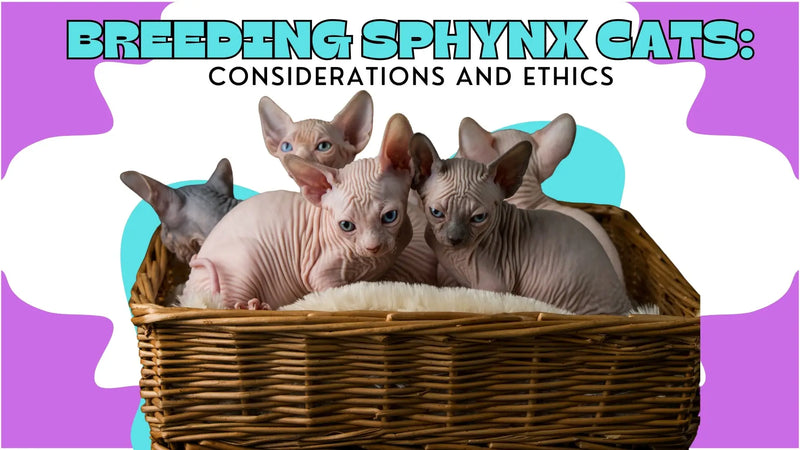
Introduction
Breeding Sphynx cats is both exciting and challenging. These unique, hairless felines are beloved for their distinct look and affectionate personalities, but they require special care and attention when it comes to breeding. Whether you’re passionate about the breed or considering becoming a breeder, it's essential to approach the process responsibly. This guide will walk you through everything you need to know—from picking breeding pairs to ensuring the well-being of the cats and their kittens.
Understanding the Sphynx Breed
Before diving into breeding, take the time to really understand the Sphynx breed. These cats have striking physical traits: their hairless bodies, wrinkled skin, and large, bat-like ears. But they’re more than just looks! Sphynx cats are known for being social, playful, and incredibly loving. Because of their lack of fur, they need extra warmth and skincare, making them a bit higher-maintenance than your average feline. Knowing their temperament and needs will set the stage for successful, ethical breeding. Know how unique the Sphynx Cat breed is by reading our blog, The Unique Beauty of Sphynx Cats: A Comprehensive Guide.
Choosing the Right Breeding Pairs
The key to healthy kittens is picking the right breeding pairs. You’ll want to ensure genetic diversity and choose cats that are not only physically healthy but also have great temperaments. Avoid breeding cats with known hereditary health conditions. Responsible breeders will have their cats screened for genetic disorders, like hypertrophic cardiomyopathy (HCM), which can be common in Sphynx cats. It’s not just about aesthetics—it’s about ensuring that your kittens are as healthy as possible.
Understanding Genetics
Breeding isn’t just about finding two good-looking cats. You’ll need to understand the basics of genetics, including dominant and recessive traits. This knowledge will help you avoid pairing cats that may produce kittens with health problems. Being well-informed will allow you to make the best decisions for both the kittens and the future of your breeding program.
Preparing for Breeding
Once you’ve selected your breeding cats, it’s time to create the right environment for them. This means providing a stress-free space where the cats feel comfortable. Keep up with regular vet check-ups, and offer them a balanced, nutrient-rich diet. Their health should be a top priority—not just during breeding, but throughout their lives.
The Mating Process
Breeding cats may sound simple, but it requires observation and patience. Be sure to recognize the signs of a successful mating, and be prepared for potential challenges. It’s always a good idea to have a vet you trust on standby in case there are complications along the way.
Caring for a Pregnant Cat
Once your cat is pregnant, she will need extra care. Pay close attention to her health and make sure she has a diet tailored to her needs. Veterinary check-ups should be frequent to monitor her pregnancy. This is a critical time, so keeping her comfortable and healthy is essential.
Kitten Care After Birth
When the kittens are born, you’ll need to be fully prepared. Have a clean, warm space ready for the mother and her newborns. Although mother cats usually know what to do, you’ll need to monitor the kittens closely—making sure they are nursing well and gaining weight. It’s all about providing a safe and nurturing environment.
Ethical Breeding Practices
Breeding responsibly goes beyond simply producing healthy kittens. You should avoid overbreeding and allow the mother adequate recovery time between litters. Always prioritize the health and happiness of your cats, and ensure that every kitten is placed in a loving home.
Avoiding Overbreeding
Overbreeding can cause long-term harm to the mother cat. It’s important to space out litters, giving her time to recover fully. This practice not only safeguards her health but also ensures that the kittens are born strong and healthy.
Conclusion
Breeding Sphynx cats can be a deeply rewarding experience, but it’s not without its challenges. By approaching the process with care, knowledge, and ethical responsibility, you can play an important role in maintaining the health and well-being of this unique breed. Whether you’re a seasoned breeder or just starting out, always remember that the well-being of the cats should be at the heart of everything you do. Check out this insightful article: Sphynx Cat Health Check: The Importance of Vet Visits, to know whether your sphynx cats are in top shape.
Read our related articles when it comes to Sphynx care responsibilities: "Where to find reputable Sphynx Cat breeders?", and "Sphynx Cat Care: Tips for New Owners".
Contact Us for more information and if you want to adopt one, you can visit and Check Our Available Hairless Sphynx Cats for Sale and learn about our Adoption Process to start your journey. Do not miss out!
FAQs
How often should a Sphynx cat be bred?
It’s recommended not to breed a Sphynx more than twice a year. This gives the mother enough time to recover and stay healthy.
What genetic conditions should I be aware of in Sphynx cats?
Hypertrophic cardiomyopathy (HCM) and skin conditions are the most common genetic issues in the breed. Regular health screenings are essential.
How can I find a responsible Sphynx breeder?
Look for breeders who focus on health, conduct genetic screenings, and take good care of their cats. A good breeder will prioritize the cats’ well-being over profits.
How long do Sphynx cats live?
With proper care, Sphynx cats generally live between 12 and 15 years.
What should I know before adopting a Sphynx kitten?
Make sure your kitten comes from a reputable breeder. Be ready to provide the special care Sphynx cats need, including regular skin care and warmth.

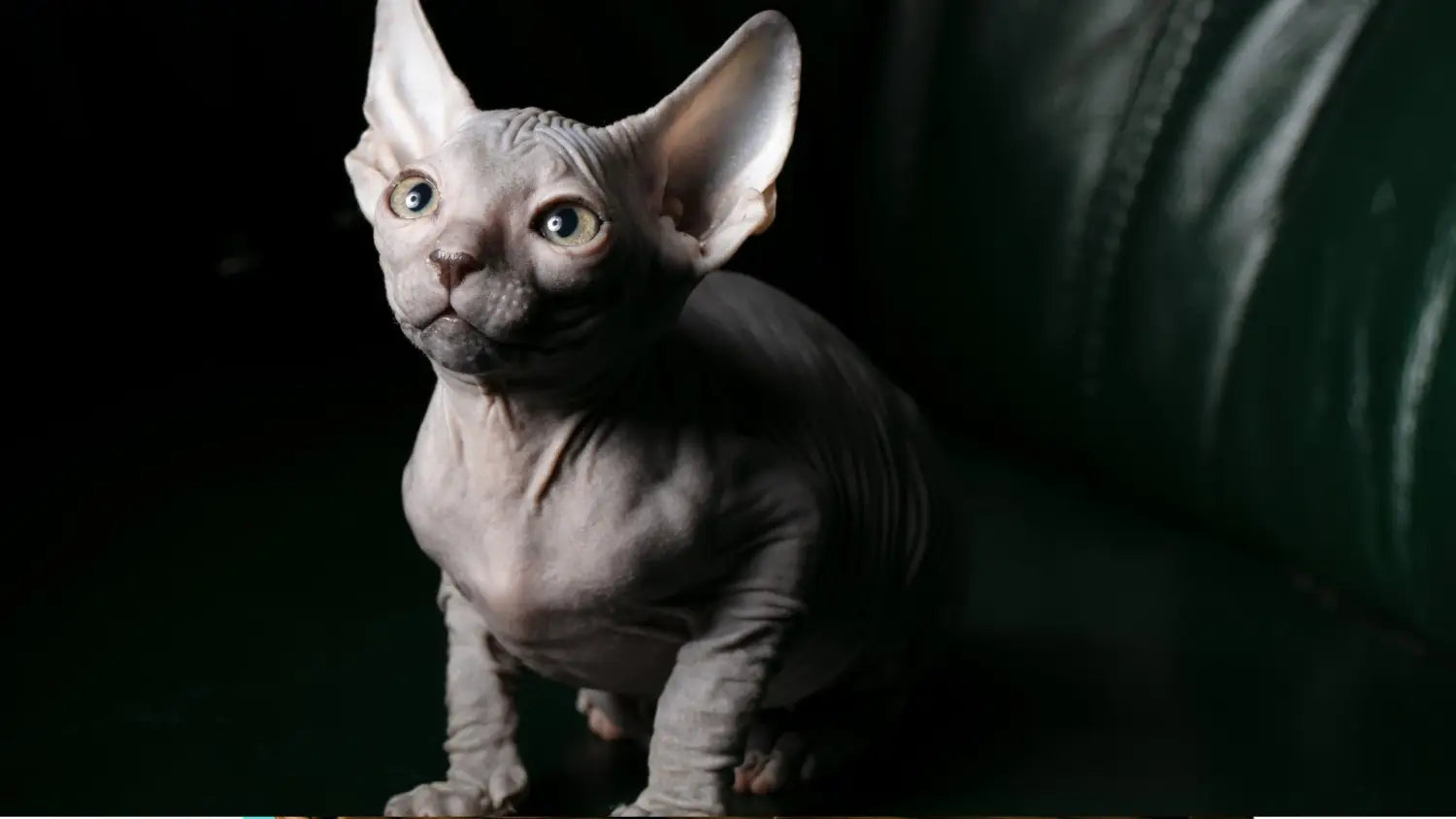

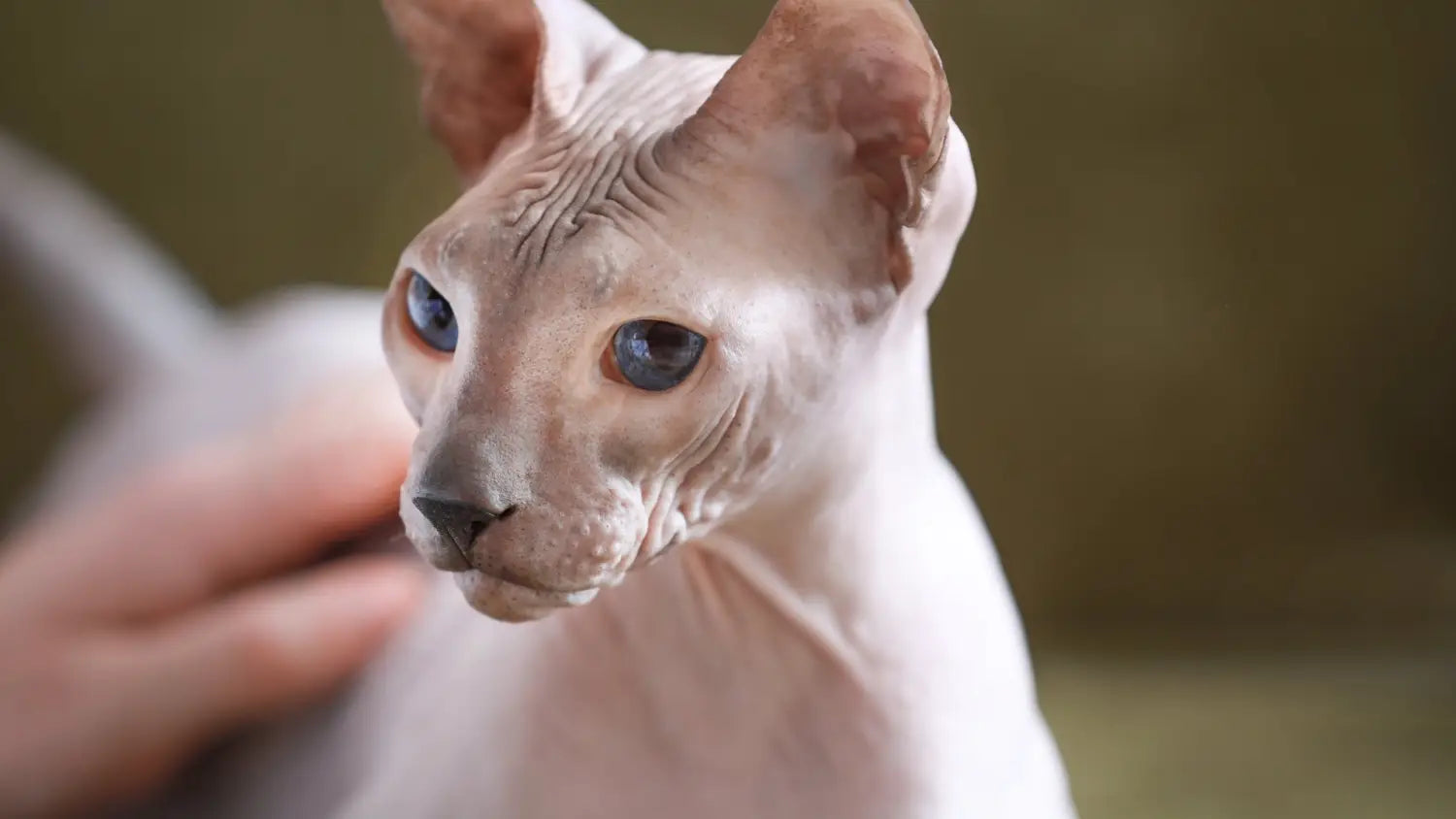


























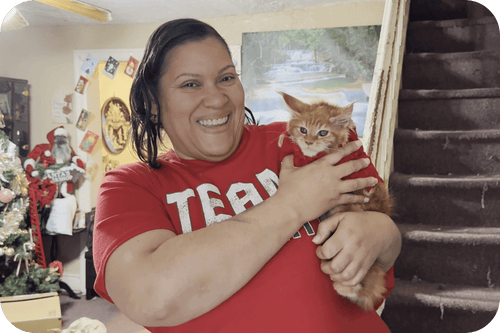







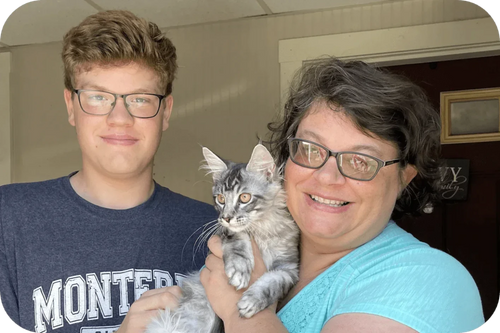




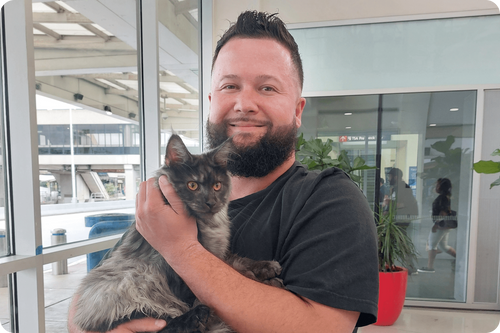











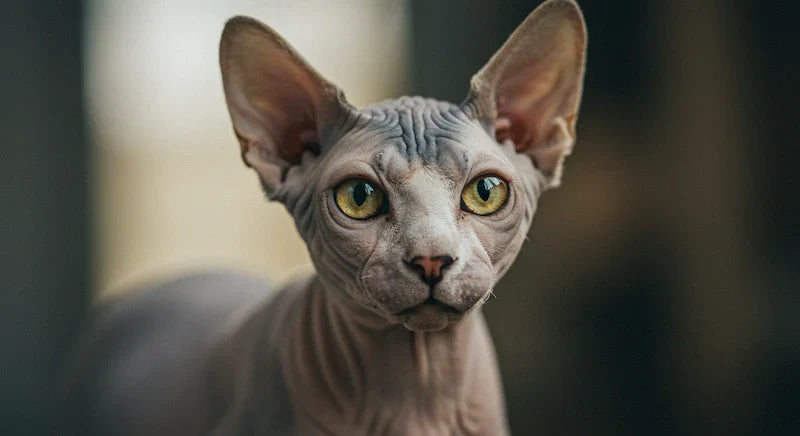
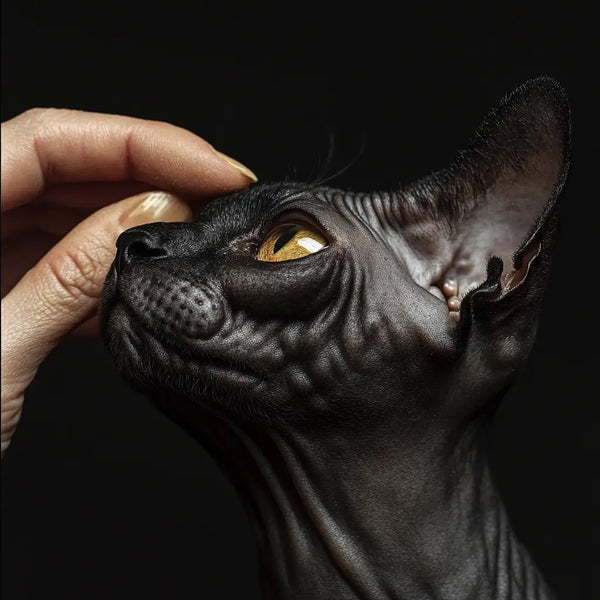

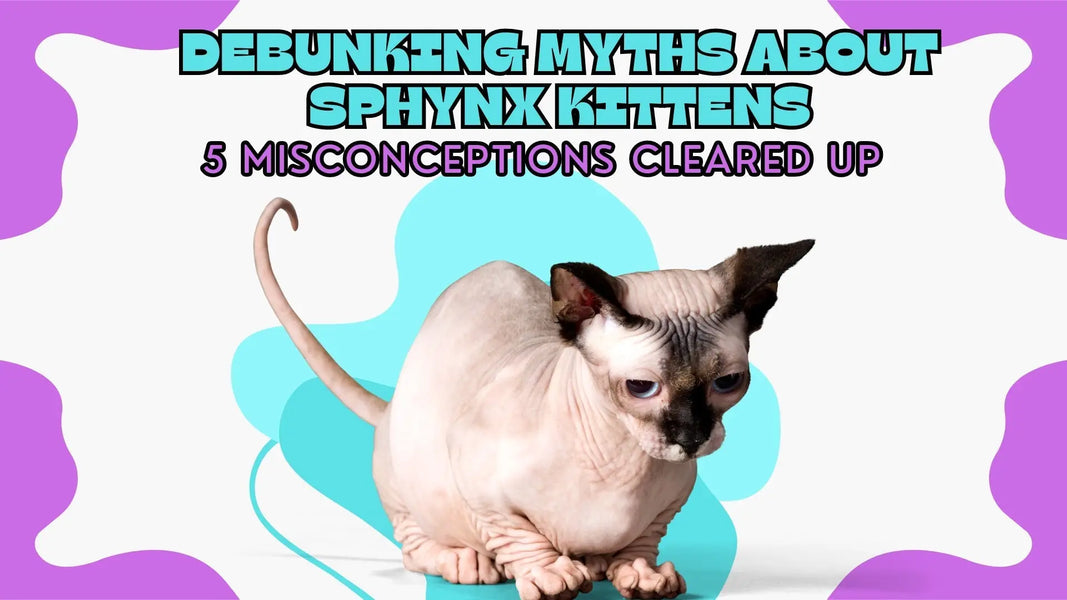





Comments(0)